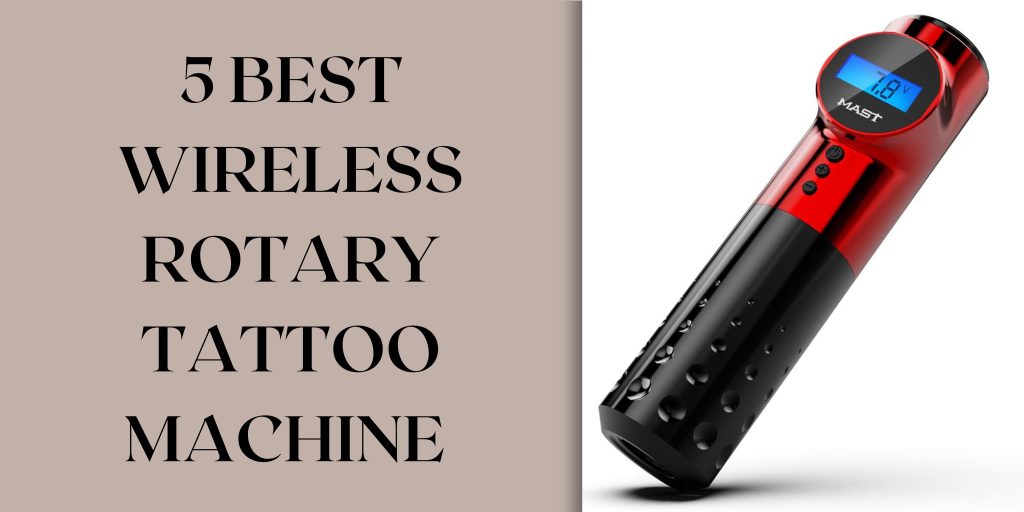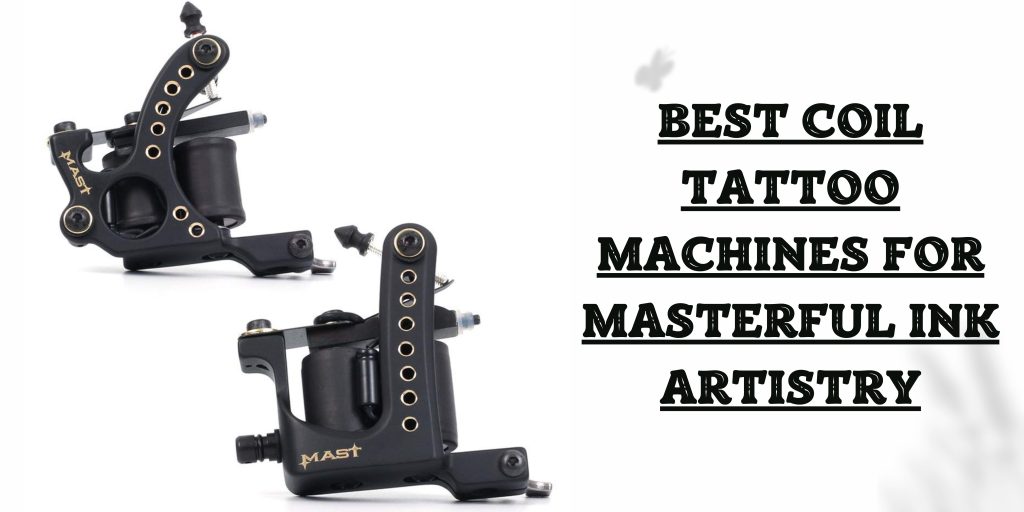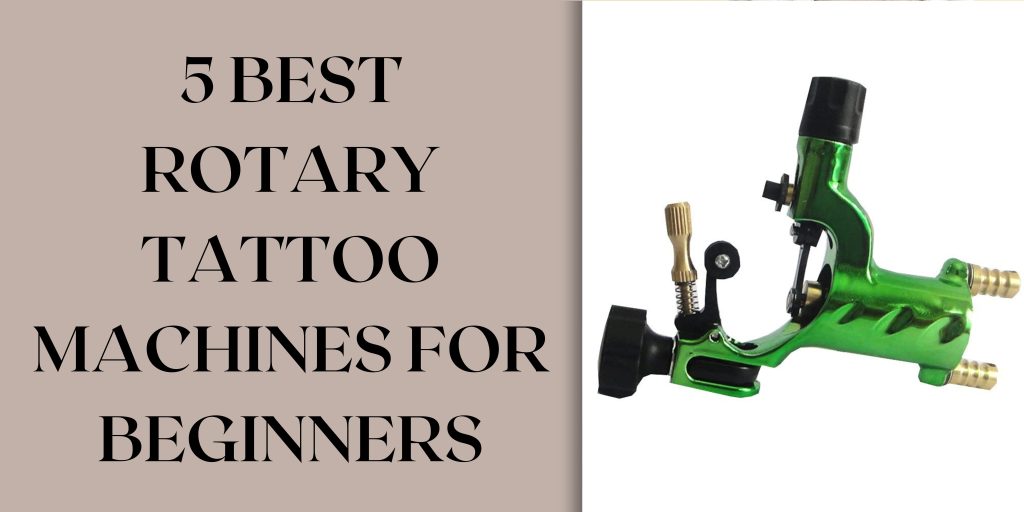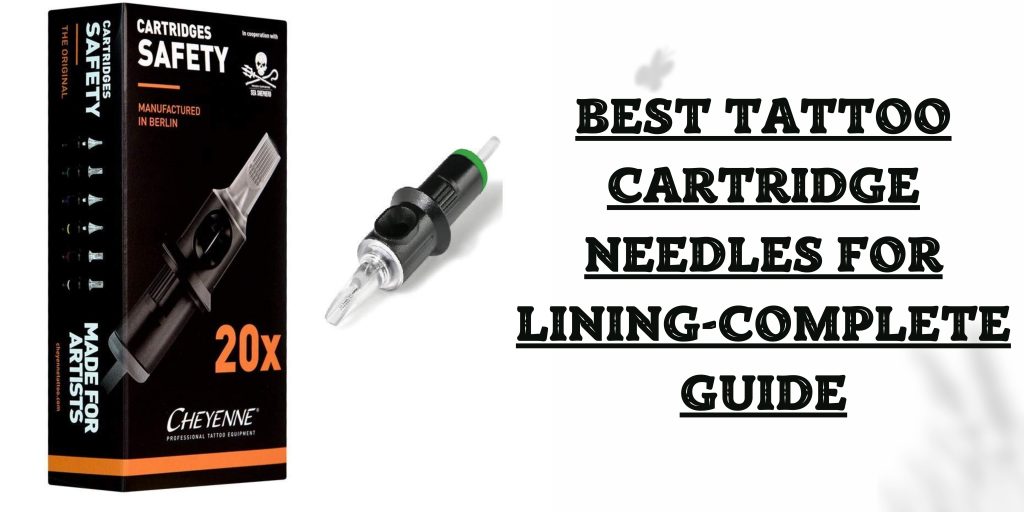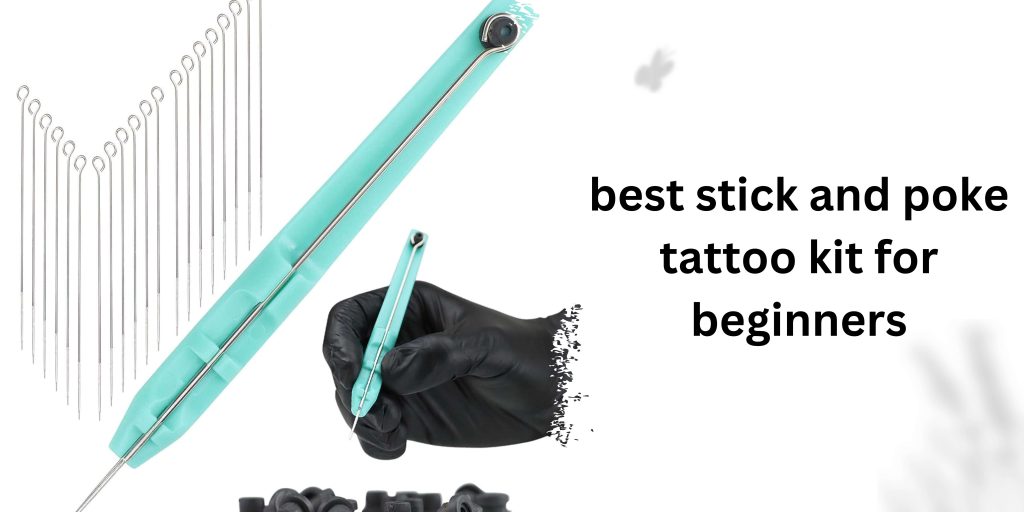So, you’ve just got inked, and the excitement is real! Your tattoo is not just a piece of art; it’s a part of you now. But as the initial thrill starts to wear off, you realize that there’s a crucial step ahead: tattoo healing. The big question that often haunts tattoo enthusiasts is whether to opt for dry healing vs moist healing tattoo. Let’s dive into this intriguing battle of aftercare methods and find out which one suits you best.
What is a Dry Healing Tattoo?
Dry healing, as the name suggests, involves letting your tattoo air out and form scabs naturally. It’s like letting your tattoo breathe and do its thing without much interference. This method has its ups and downs, and it might not be for everyone.
Pros of Dry Healing
Reduced Risk of Infection
One of the most significant advantages of dry healing is that it reduces the risk of infection. By not introducing excess moisture to your fresh tattoo, you create an environment that is less conducive to bacterial growth. This can be especially beneficial if you have sensitive skin or are prone to infections.
Simplicity of the Process
Dry healing is pretty straightforward. You don’t need to worry about constantly applying ointments or keeping your tattoo wrapped in plastic. It’s a low-maintenance approach that works for those who prefer a hands-off healing process.
Cons of Dry Healing
Increased Risk of Scabbing
While dry healing might reduce infection risk, it can increase the likelihood of scabbing. Scabs can be itchy and might tempt you to pick at them, which can lead to ink loss and scarring. If you have a large or intricate tattoo, this can be a significant concern.
Potential for Longer Healing Time
Due to the formation of scabs, dry healing can sometimes result in a longer healing time compared to moist healing. Scabs take their sweet time to peel off, and this can be frustrating for those who want their tattoo to look perfect ASAP.
Read More: Tattoo Needles vs Sewing Needle
What is a Dry Healing Tattoo?
Moist healing, on the other hand, involves keeping your tattoo moist and covered with a specialized tattoo healing product or ointment. This method aims to speed up the healing process and minimize scabbing.
Pros of Moist Healing
Faster Healing Time
Moist healing often leads to a faster healing time. By keeping the tattoo moisturized, you create a conducive environment for skin regeneration. This can be a significant advantage if you want your tattoo to look its best sooner.
Reduced Risk of Scabbing
Moist healing minimizes scab formation. Instead of thick, itchy scabs, you’ll have a thin, protective layer over your tattoo. This makes the healing process more comfortable and reduces the risk of scab-related issues.
Cons of Moist Healing
Potential for Infection if Not Done Properly
While moist healing can be beneficial, it’s crucial to follow the right procedures. Using the wrong healing products or not keeping your tattoo clean can increase the risk of infection. If you opt for moist healing, be sure to consult your tattoo artist for their recommended products and instructions.
Requires More Attention
Moist healing is not as hands-off as dry healing. You’ll need to apply healing ointments regularly and ensure your tattoo stays covered. This method demands a bit more attention and care, which might not be ideal for everyone’s lifestyle.
Read More: Cosmetic tattoo vs regular tattoos
Choosing the Right Healing Method
The choice between dry and moist healing depends on various factors. we will tell you which is better dry healing vs moist healing tattoo.

Tattoo Size and Complexity
If you have a small and simple tattoo, dry healing might work just fine. However, if your ink is extensive or intricate, moist healing could be a better choice to avoid excessive scabbing.
Skin Type
Consider your skin type. If you have sensitive or easily irritated skin, dry healing might be the safer option. Moist-healing products can sometimes cause skin reactions.
Tattoo Artist’s Recommendations
Your tattoo artist plays a significant role in this decision. They know your tattoo best and can provide guidance on which method is ideal for your specific ink.
Personal Preferences and Lifestyle
Think about your daily routine. Are you willing to invest the time and effort in moist healing, or do you prefer the simplicity of dry healing? Your lifestyle can dictate which method is more practical for you.
Potential Complications to Be Aware Of
Both methods have their potential complications. Dry healing might result in scabs and longer healing times, while moist healing can lead to infections if not done correctly. Being aware of these risks is crucial in making an informed decision.
Read More: Flash Vs Custom Tattoo


